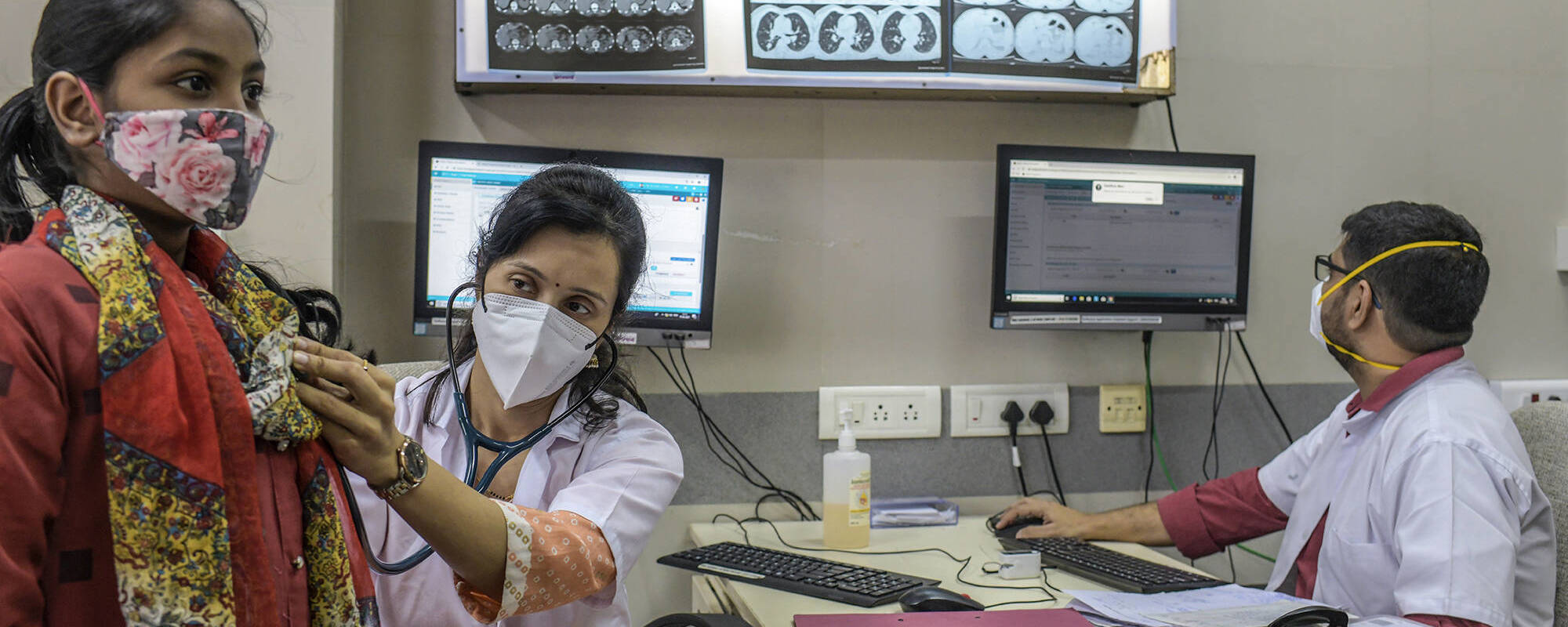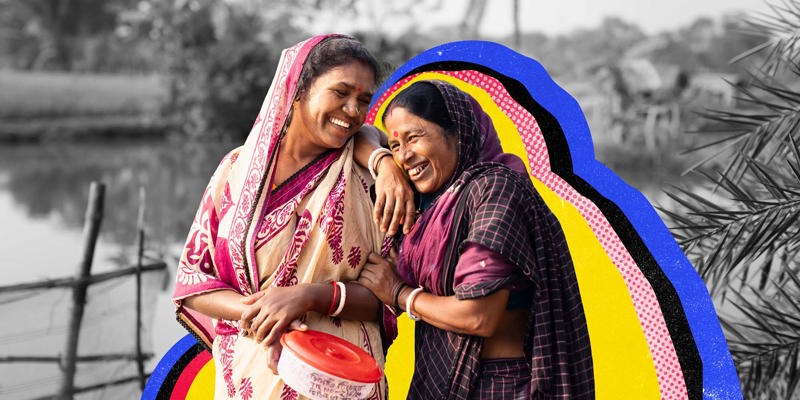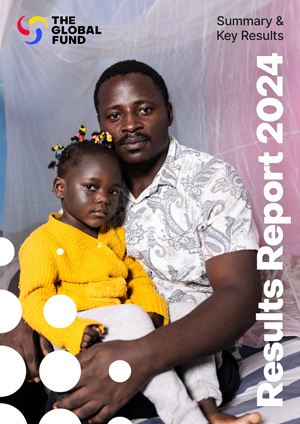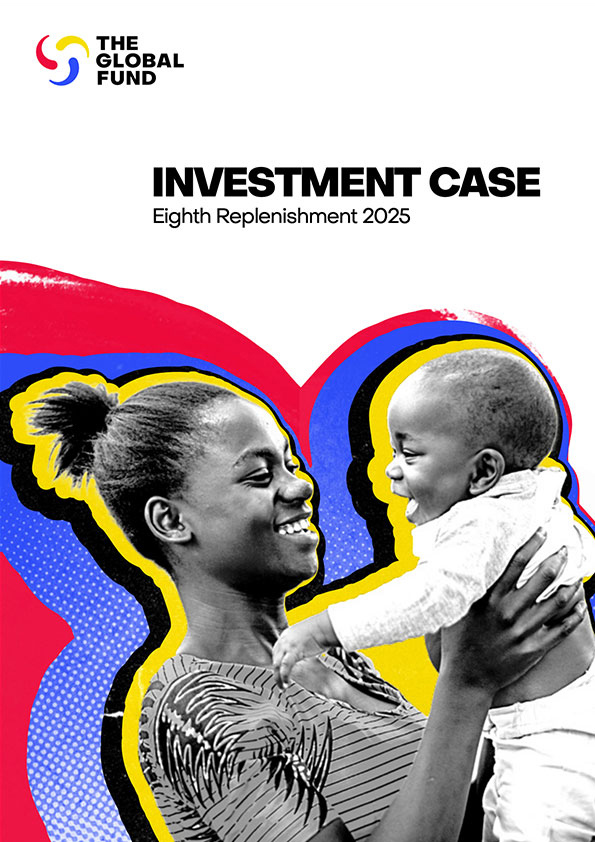

Tuberculosis: The Unseen Pandemic
Q: When do we ignore a deadly pandemic?
A: When it’s called tuberculosis (TB)
Q: Why do we ignore it?
A: Because it only kills the poor and marginalized.
TB will likely kill more people in low- and middle- income countries in 2023 than COVID-19. Yet it attracts a tiny fraction of the political attention and financial resources we’ve deployed against the new virus. The Global Fund provides 77% of all financial support to countries fighting TB, or about $800 million per year. This compares to the over 30 billion provided to the same countries to fight COVID-19 via the Access to Covid-19 Tools Accelerator (ACT-A).
Despite TB being curable, progress against it is at a snail’s pace. Over the last decade, deaths from TB fell 2% per year. Deaths from TB actually increased during the COVID-19 pandemic, as experts, equipment and money were diverted.
In discussing pandemics, we often talk about the stark inequities in providing access to lifesaving tools like vaccines to the poorest countries. But TB is an example of another kind of inequity – that unless a disease threatens people in rich countries, we don’t even think of it as a pandemic.
Looking at the numbers and geographic scope, TB meets every test of counting as a pandemic. It kills people in practically every country in the world, and it kills millions (1.6 million in 2021). In 1993, WHO designated TB as a public health emergency - the highest level of threat at the time and the status given to COVID-19. Thirty years later TB still holds this designation.
For the poor and marginalised people directly affected by TB, the global policymakers’ fixation with pandemic preparedness might seem cruel. We’re stepping up investment to counter potential pandemics that might hurt our families and economies. Yet investment to counter an actual pandemic that kills the poor and blights their economic prospects is stagnant. About 50% of global TB deaths are in G20 countries.
Neglecting TB isn’t just unjust, it’s also unwise. Drug resistant TB (DR-TB) is, like COVID-19, an airborne respiratory infection. DR-TB is not quite as contagious as COVID-19, but it’s much more deadly: while the case fatality rate of COVID-19 was in the low single digits, and fell sharply once vaccines were introduced, for DR-TB the case fatality rate is nearer 50%. Fortunately, DR-TB isn’t as easily transmissible as COVID-19. In 2021, there were only about 450,000 cases worldwide. But as we have learned with COVID-19, we cannot assume that pathogens will stay the same. A more transmissible DR-TB would be a truly frightening prospect.
Investing more in the fight against TB would also strengthen our defences against other potential pandemics. When COVID-19 struck, many countries relied heavily on their TB testing equipment, X-ray machines, isolation wards, infection prevention protocols, and respiratory specialists to respond to the new threat. The health system capabilities required to beat TB are the core capabilities required to respond to most potential pandemics, particularly the respiratory infections that WHO regards as the most likely threats.
So, the world could take a path that delivers double benefits: turbocharging the fight against TB to save millions of lives, and by doing this, simultaneously strengthening our health systems to be better prepared against future pandemics.
This isn’t a new idea. In fact, it’s exactly what Japan did after the Second World War. In the early 1950s, the country launched a massive nation-wide effort to combat TB, at that time by far the biggest cause of death in the country, combining the latest scientific tools, community mobilization, private sector engagement and determined efforts to reach the most marginalized communities. Not only did Japan achieve dramatic reductions in TB infections and deaths, but it used this effort as the platform on which to create universal health coverage, a comprehensive health system available to all, with a strong public health component. COVID-19 demonstrated the strength of Japan’s system. Despite having one of the oldest populations in the world, mainly living in dense conurbations, Japan suffered much lower deaths from COVID-19 than most comparable nations.
We should learn from Japan and seize this double opportunity again. For example, one of the most exciting elements of the G7/G20 pandemic preparedness agenda is the “100 Day Mission”, the ambition to collapse the timeframe to develop and launch new vaccines, treatments and diagnostics. Yet so far, the effort has focused on how we might respond more quickly to some hypothetical new pathogen. But couldn’t we test our capabilities on TB? We have several candidates for a TB vaccine, but on the current conventional pathway, we will be lucky to see any deployed at scale before 2026. That’s more like 1000 days. When some 4400 people are dying each day from TB, that’s a big difference. Meanwhile, only two new TB medicines have been approved in the last 40 years and we have a desperate need for cheaper, better diagnostics, particularly to detect DR-TB.
There’s also the Pandemic Fund. To my knowledge, there’s no intent to fund TB interventions through this new mechanism. But what’s the point of a fund for pandemics when it won’t fund the fight against the pandemic that’s killing the biggest number of poor people? How do we explain to families directly affected by TB that these resources can’t be used to save their loved ones from TB, a pandemic that is actually killing people, but are only for building preparedness against potential pandemic that might kill people?
2023 is the year to grasp this double opportunity. With Japan at the helm of the G7 and India – the country most affected by TB – leading the G20, we have the right leadership. There are meetings on universal health coverage (UHC), pandemic preparedness and TB already scheduled for this September’s United Nations General Assembly. Yet rather than have these meetings compete for attention, with TB inevitably the loser, let’s craft an overarching strategy that shows how turbocharging the fight against TB can accelerate the development of UHC and strengthen pandemic preparedness.
This Friday we mark World TB Day. In my experience, this is normally a sobering experience, with the celebration of what limited progress we are making overshadowed by the scale of the task before us, and the inadequacy of our resources and tools. On our current trajectory we have no chance of achieving the Sustainable Development Goal target of eliminating TB as a public health threat by 2030. Let’s make this World TB Day different. After 30 years of describing TB as a global health emergency, it’s time to recognize it as a pandemic, tackle it as an emergency and bring TB to an end.







